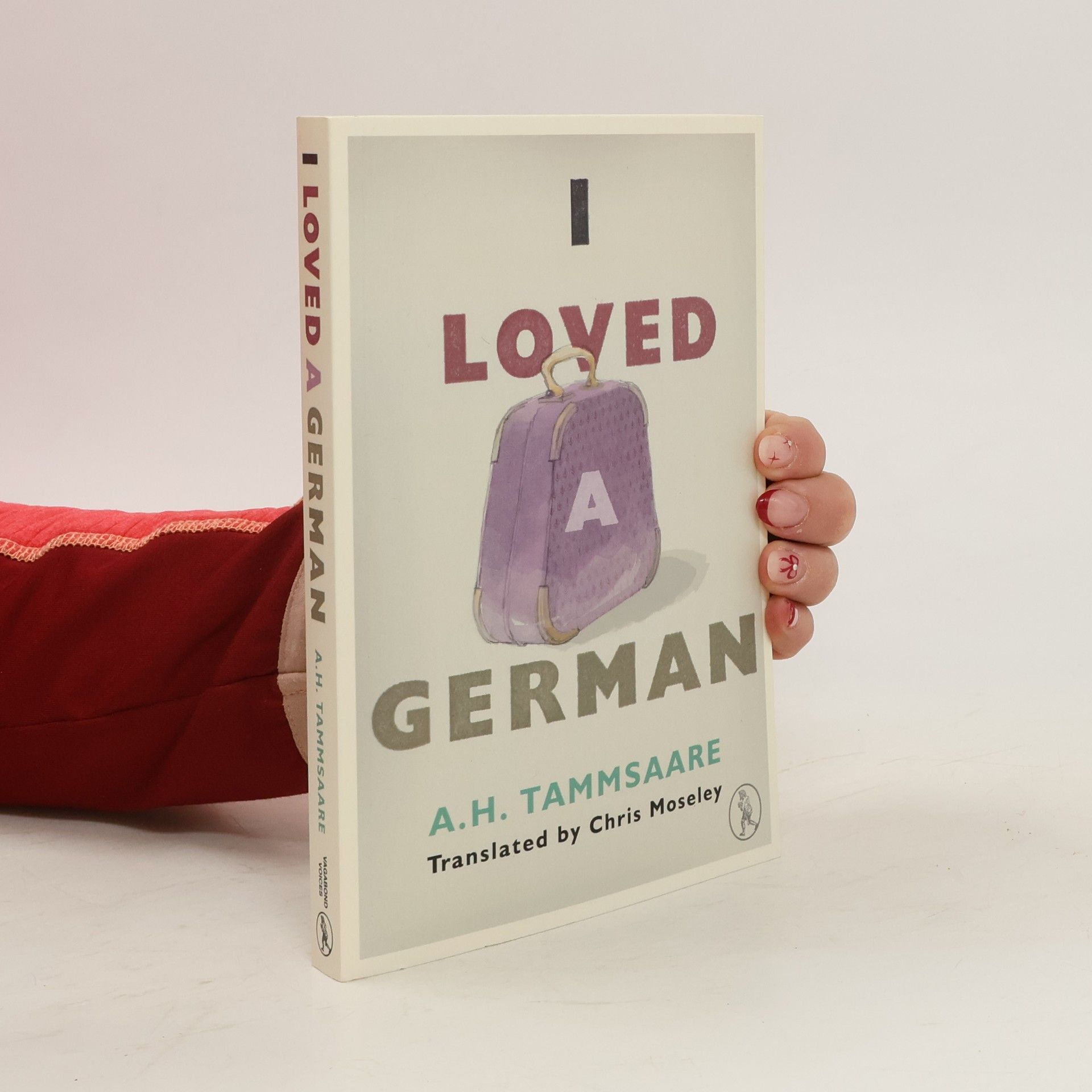This monumental work by Estonia's greatest writer is a European classic which has for too long been neglected in the English-speaking world. It tells the story of how Tsarist Estonia developed into the First Republic through the experiences of a family.
Anton H. Tammsaare Libros
A.H. Tammsaare es una figura central de la literatura estonia, célebre por su monumental pentalogía Verdad y Justicia. Profundamente influenciado por los clásicos rusos, sus obras exploran temas profundos moldeados por sus luchas personales y su extenso autoestudio en varios idiomas. La distintiva voz literaria de Tammsaare ocupa una posición central en la evolución de la novela estonia, lo que lo consagra como un autor de significativa talla europea.



The Misadventures of the New Satan
- 256 páginas
- 9 horas de lectura
This is the last novel by Estonia's greatest twentieth-century writer, Anton Tammsaare, and it constitutes a fitting summation of the themes that occupied him throughout his writing: the search for truth and social justice, and the struggle against corruption and greed.
I Loved a German
- 226 páginas
- 8 horas de lectura
A gripping love story, in which the classic love triangle takes a very untraditional form. The plot is centered on an Estonian university student who falls in love with a young Baltic German woman. The Baltic Germans had lost their aristocratic position since Estonia declared its independence. The young German earns her keep as a tutor for an Estonian family, and is not well-off. The young man, Oskar, starts courting the girl frivolously, but then falls head-over-heels for her. Before long, the prejudice that an Estonian and a Baltic German are of unequal standing stalks the couple. When Oskar goes to ask Erika's grandfather - a former manor lord - for the girl's hand, the meeting leaves a deep impression on him. Oskar finds himself wondering if he doesn't love the woman in Erika, but rather her grandfather; meaning, her noble descent. Does love depend solely upon the emotions of two young individuals, or are their origins, their social and cultural background actually the deciding factor?